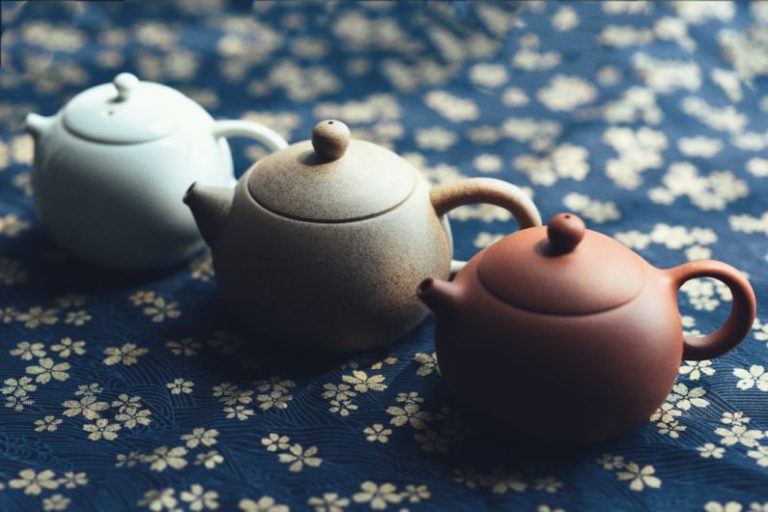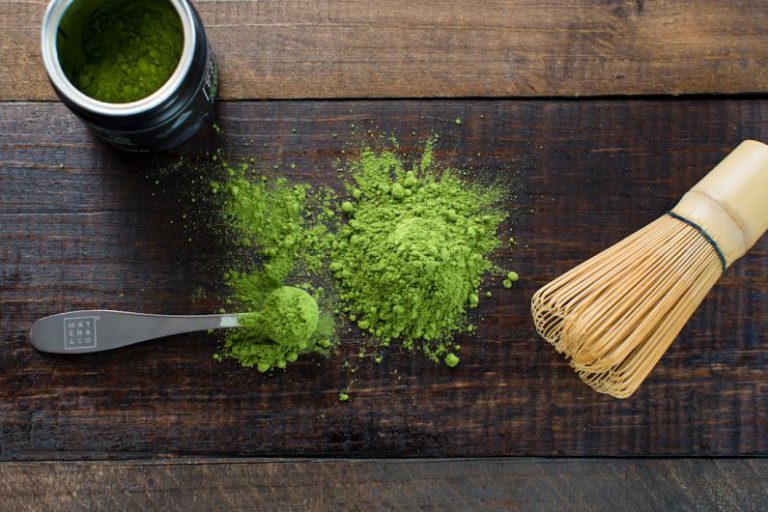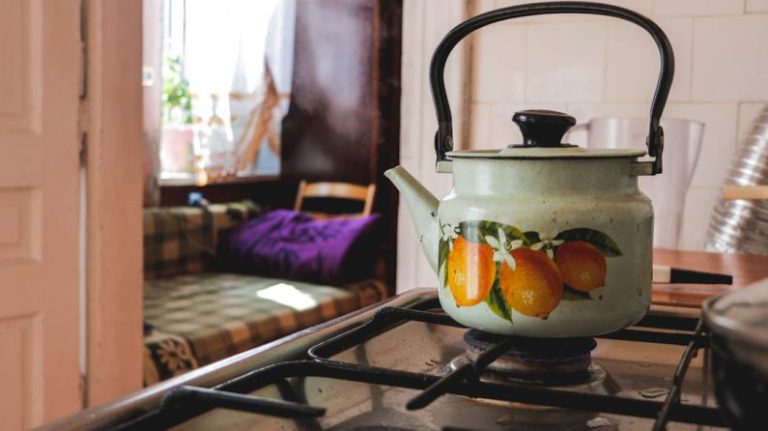Tea Leaf Grading and Its Impact on Brew Quality
When it comes to enjoying a cup of tea, the quality of the brew often hinges on the grade of the tea leaves used. Tea leaf grading is a crucial aspect of the tea industry that determines the appearance, flavor, aroma, and overall quality of the final product. Understanding how tea leaves are graded and the implications this has on the brewing process can greatly enhance one’s tea-drinking experience.
The Grading System: Unveiling the Mystery Behind Tea Leaf Grades
Tea leaf grading is a complex system that categorizes tea leaves based on various factors such as size, shape, color, and overall quality. The grading process typically involves sorting the leaves into different grades ranging from whole leaf teas to smaller broken leaf pieces and fannings. Each grade has its unique characteristics that greatly influence the flavor profile of the brewed tea.
Whole Leaf Teas: The Pinnacle of Tea Grading
At the top of the grading hierarchy are whole leaf teas, which consist of large, intact leaves that are carefully handpicked and processed. These teas are prized for their full-bodied flavor, delicate aroma, and complex taste profiles. Whole leaf teas are often considered the highest quality teas available due to the care and attention to detail involved in their production.
Broken Leaf Teas: Balancing Quality and Affordability
Broken leaf teas are a step below whole leaf teas and consist of smaller leaf fragments that have been broken during processing. While not as visually appealing as whole leaf teas, broken leaf teas offer a balance between quality and affordability. These teas still retain much of the flavor and aroma of whole leaf teas but are generally more accessible to a wider range of tea enthusiasts.
Fannings and Dust: The Unsung Heroes of Tea Blends
Fannings and dust are the smallest grade of tea leaves and are often used in tea bags and tea blends. While they may not offer the same complexity of flavor as whole leaf or broken leaf teas, fannings and dust are essential for creating consistent brews in mass-produced tea products. These smaller leaf fragments infuse quickly, making them ideal for those looking for a quick and convenient cup of tea.
The Impact on Brew Quality: From Leaf to Cup
The grade of tea leaves used directly impacts the quality of the brewed tea. Whole leaf teas, with their large intact leaves, unfurl beautifully during steeping, releasing a complex array of flavors and aromas. The intact nature of these leaves ensures a slower infusion process, allowing for a more nuanced and flavorful cup of tea.
In contrast, broken leaf teas and smaller leaf fragments like fannings and dust infuse more rapidly due to their smaller size. While this can result in a quicker brewing process, it may also lead to a less nuanced flavor profile compared to whole leaf teas. However, broken leaf teas still offer a satisfying cup of tea with a balance of flavor and affordability.
Choosing the Right Grade for Your Brew
When selecting tea leaves for brewing, it’s essential to consider the grade that best suits your preferences. If you appreciate a tea with complex flavors and aromas, opt for whole leaf teas that showcase the true essence of the tea plant. For a more budget-friendly option that still offers a satisfying brew, broken leaf teas are an excellent choice. And for those seeking convenience and consistency, fannings and dust provide a quick and reliable cup of tea.
Enhancing Your Tea Experience through Leaf Grading
Tea leaf grading plays a significant role in the overall quality of the brewed tea. By understanding the different grades of tea leaves and their impact on the brewing process, tea enthusiasts can elevate their tea-drinking experience. Whether you prefer the rich flavors of whole leaf teas, the balance of broken leaf teas, or the convenience of fannings and dust, choosing the right grade of tea leaves can make all the difference in your daily cup of tea.






